Deconstructing Dread: Ravenholm's Lost Potential Through a Level Designer's Eyes The cancellation of a game is always a tragedy, but when it involves a beloved franchise and a studio known for its immersive design, the sting lingers.

The cancellation of a game is always a tragedy, but when it involves a beloved franchise and a studio known for its immersive design, the sting lingers. The recent leak of early development footage from the cancelled Half-Life game, codenamed "Half-Life: Ravenholm," spearheaded by Arkane Studios, has sent ripples through the gaming community. Sourced from the archive site "Forgotten Worlds Emporium," this glimpse into what could have been is now being dissected by channels like "Lambda Generation" and "Valve Time HQ" on YouTube.
As a former level and narrative designer on the Half-Life 2 Source engine mod MINERVA: Metastasis – specifically its second and third episodes, "Guardian" and "Sanctuary" – I find myself drawn to analyze how level design contributes to atmosphere and narrative. My focus in MINERVA was on architectural composition, atmospheric lighting, and scripted sequences to create tension and environmental storytelling. Looking at this early Ravenholm footage, I'm keen to explore the design decisions and compare them to the techniques we employed in MINERVA, and how they relate to other games known for their immersive environments like System Shock 2.
Verticality and Claustrophobia: A Descent into Madness
One of the most striking elements in the Ravenholm footage is the heavy reliance on verticality combined with claustrophobic spaces. We see environments that are tight, labyrinthine, and multi-tiered. This is a classic technique for building tension. Consider the industrial sectors of MINERVA: Metastasis. While MINERVA often leaned towards more open spaces, Episode 2, "Guardian," featured numerous cramped corridors within the Lambda installation. Low ceilings, narrow passageways, and the constant threat of unseen enemies created a sense of unease.
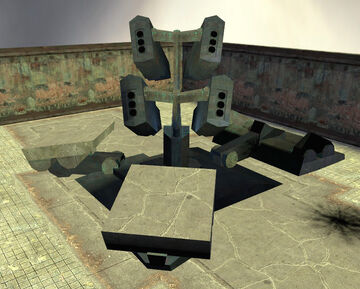
System Shock 2's Von Braun is another excellent example. The ship's cramped corridors, filled with flickering lights and bizarre growths, instilled a constant sense of dread. The Ravenholm footage seems to be aiming for a similar effect, leveraging the verticality to create a sense of being trapped, with the enemy potentially lurking above or below. The restricted visibility, a direct consequence of the tight geometry, amplifies this feeling. You can't see what's coming, and that's precisely the point.
Lighting and Shadow: Painting with Darkness
Lighting is crucial for setting the mood, and the Ravenholm footage, even in its early state, hints at a deliberate use of light and shadow. While the footage may not showcase fully realized dynamic lighting, the intention is clear: pockets of darkness, stark contrasts, and strategically placed light sources to guide the player (or misdirect them).
In MINERVA: Metastasis, especially in "Guardian," we employed contrast-heavy lighting to create a sense of unease. Areas were either brightly lit, almost sterile, or plunged into near darkness. This wasn't just for aesthetic effect; it was a practical decision. The Source engine, while powerful, has limitations. Clever use of light and shadow can mask those limitations and create a more impactful experience.
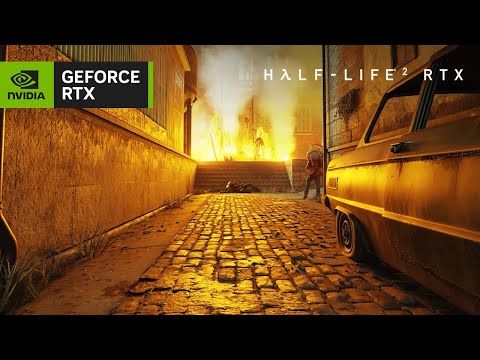
System Shock 2 took a different approach, using unreliable and flickering lighting to create a sense of vulnerability. The unreliable nature of the lighting meant that safe havens could quickly become hunting grounds. The Ravenholm footage suggests a blend of these approaches: areas of oppressive darkness punctuated by brief, almost taunting, glimpses of light. Poor visibility breeds vulnerability, and vulnerability breeds fear.
The Source engine is generally competent with lighting; however, it can be computationally expensive when dealing with numerous dynamic lights and complex shadow casting. Optimizing lighting for performance is a constant balancing act. Static lighting is much cheaper, but it sacrifices dynamism. A smart level designer understands these constraints and works within them to achieve the desired effect.
The Unseen Horror: Sound as a Weapon
Sound design is just as important as visual design when it comes to building tension. While the leaked Ravenholm footage might not fully showcase the intended soundscape, we can speculate on Arkane's likely approach. The screech of metal, the drip of water, the distant moan – these are all classic horror tropes, but they're effective for a reason. They create a sense of unease and anticipation.
In MINERVA, we employed a minimalist approach to sound design, often relying on ambient drones and subtle cues to create a sense of isolation and dread. The idea was to let the environment speak for itself, using sound to enhance the visual storytelling. The Ravenholm footage suggests a more aggressive approach, with the potential for more overt enemy cues and environmental sounds. The infamous "screams" of Ravenholm are already a strong audio presence, so Arkane would have had a solid foundation.
Ideally, sound design should be diegetic – that is, sounds that originate from within the game world. A creaking floorboard, the hiss of steam, the guttural growl of a zombie – these sounds ground the player in the environment and make the threat feel more real.

Architectural Storytelling: The Walls Speak Volumes
Architecture is more than just walls and corridors; it's a form of storytelling. The state of the environment – its decay, its disrepair, its modifications – can tell the player a great deal about the world and its history. The Ravenholm footage shows environments that are clearly industrial, but also heavily modified and repurposed. Makeshift barricades, hastily constructed shelters, and signs of violent conflict all tell a story of desperation and survival.
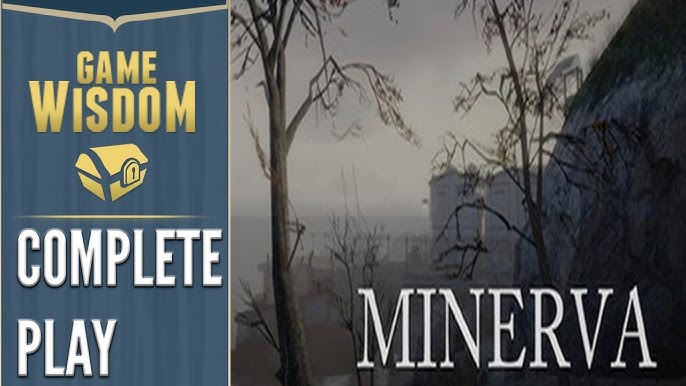
Consider the churches within the town of Ravenholm in Half-Life 2. The architecture informs the player of its original purpose but is now warped and twisted to suit the current needs of the town's inhabitants.
In MINERVA, we used architecture to convey a sense of isolation and decay. The Lambda installation in Episode 2 was designed to feel both functional and oppressive, with a clear sense of purpose that had been abandoned or corrupted.
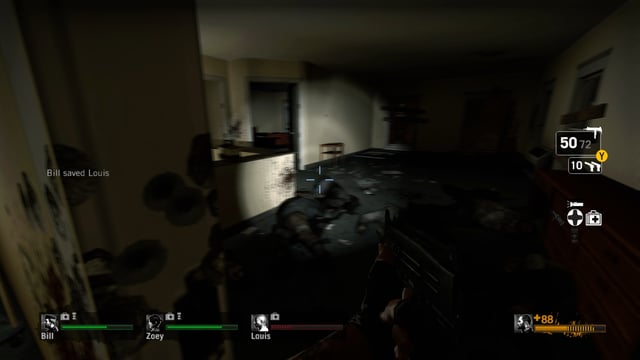
The key is to use architecture to reinforce the narrative, to create an environment that feels both believable and meaningful. The Ravenholm footage, even in its incomplete state, demonstrates a clear understanding of this principle.
Source Engine Strengths and Weaknesses
The Source engine is a robust piece of technology that has stood the test of time. Its strengths lie in its flexibility and its robust scripting capabilities. It allows for a high degree of customization, which is why it's been so popular with modders for so long. However, it also has its limitations. As mentioned before, lighting can be computationally expensive, and the engine's physics system, while generally reliable, can sometimes produce unexpected results. Memory management can also be a challenge, particularly in large, complex environments. Clever level design can help to mitigate these weaknesses, but they're always a factor to consider.

Lost Potential, Lingering Questions
The Half-Life: Ravenholm footage is a tantalizing glimpse into what could have been. While it's impossible to know exactly what Arkane Studios had planned, the footage suggests a game that would have been both terrifying and deeply immersive. The use of verticality, claustrophobia, lighting, and sound all point to a deliberate attempt to create a sense of dread and vulnerability. The architectural storytelling is particularly compelling, with the environment itself telling a story of desperation and survival.
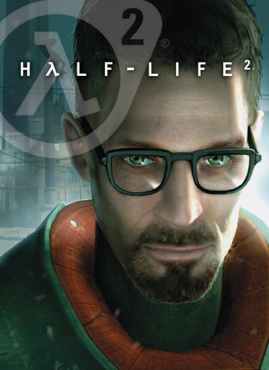
It's a shame that this game never saw the light of day. But thanks to the efforts of archivists and dedicated fans, we can at least get a sense of what was lost. The Half-Life: Ravenholm leak serves as a reminder of the importance of game preservation and the enduring power of level design to create unforgettable experiences. It is also a sobering reminder of the realities of game development. Not every project makes it to the finish line.
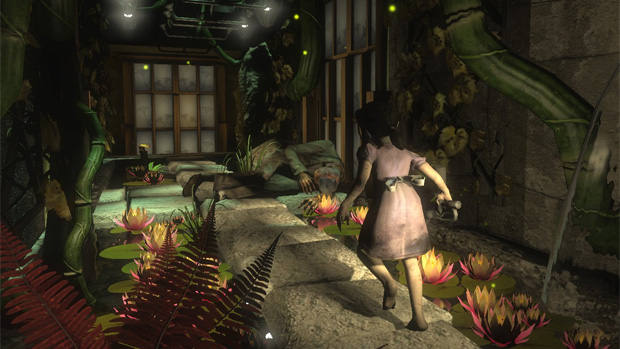
[Forgotten Worlds Emporium](no url specified)